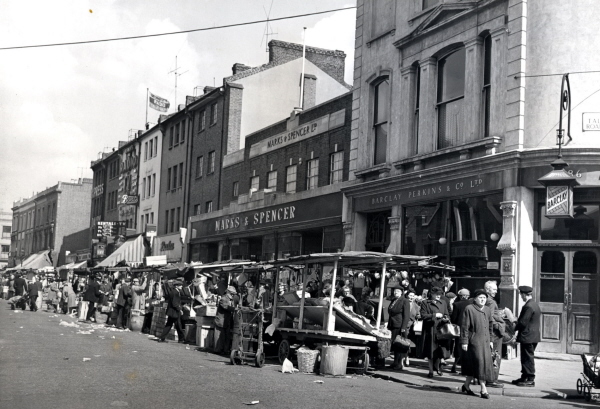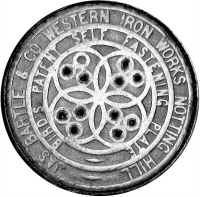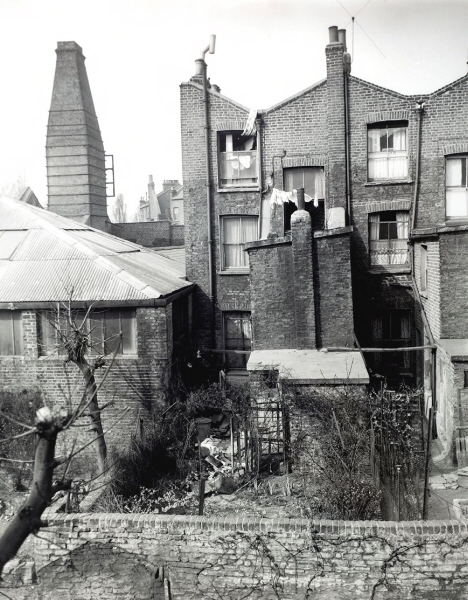| |
|
| |
18th Century |
|
|
| |
|
|
|
|
|
| 19th Century |
 |
Environs of London Map - 1841
(Source: Wikipedia) |
| |
| |
|
| |
|
|
 |
Kensington Public Baths, Silchester Road
Buit in 1888, demolished in 1985
(Source: english-heritage.org.uk) |
| |
| |
| 20th Century |
 |
1933 Tube Map showing junction after Latimer Road for trains to Earl's Court
(Source: www.tfl.gov.uk) |
|
| |
|
 |
|
|
| |
 |
| |
| |
 |
Rillington Place and site of
James Bartle's Western Iron Works, later RBKC Depot.
(Source: www.10-rillington-place.co.uk) |
|
| |
 |
|
 |
Coal Hole covers from Western Iron Works
(Source: www.flickr.com) |
| |
| |
 |
View East on Rillington Place towards Andrew's Garage
(Source: www.10-rillington-place.co.uk) |
|
| |
 |
View West into Rillington Place from St Mark's Road
with Foundry chimney. Play Street!
(Source: www.10-rillington-place.co.uk) |
|
| |
 |
Rear view of 10 Rillington Place.
(Source: www.10-rillington-place.co.uk) |
|
| |
 |
A body being removed from 10 Rillington Place, London,
where the bodies of three women were found.
John Christie, who lived there, was charged with their murders. |
|
| |
 |
A crowd of onlookers gathered at the end of Rillington Place
as police search number 10 (centre, right, at the end of the street), 25th March 1953.
The bodies of four women were found at the house, all murdered by English serial killer John Christie (1899 - 1953).
He had moved out of number 10 earlier that month. |
|
| |
 |
St Andrew's Square and Wesley Square with position of 10 Rillington Place.
(Source: www.10-rillington-place.co.uk) |
|
| |
 |
|
| |
| |
 |
Silchester Baths with Wesley Square under construction in 1979.
Courtesy of Local Studies Group, Central Library, RBK&C. |
|
| |
 |
| Entrance to RBKC Department of Works next to Methodist Church in 1977 |
| Photograph courtesy of Sir Terry Farrell |
| The James Bartle Iron Foundry site became RBKC Department of Works. |
|
| 21st Century |
 |
A Victorian steam train runs through Baker Streett Station, Hammersmith & City Line, in January 2013
to celebrate the 150th anniversary of the first London Underground journey. |
| |
 |
| First Class carriage from first Underground train in 1863. |
| (Source: www.tfl.gov.uk) |
| ^^ Back to Top ^^ |
| |
| |
|
| |
| |
| |
| |
| |
| |
| |
| |
| |
| |
| |
| |